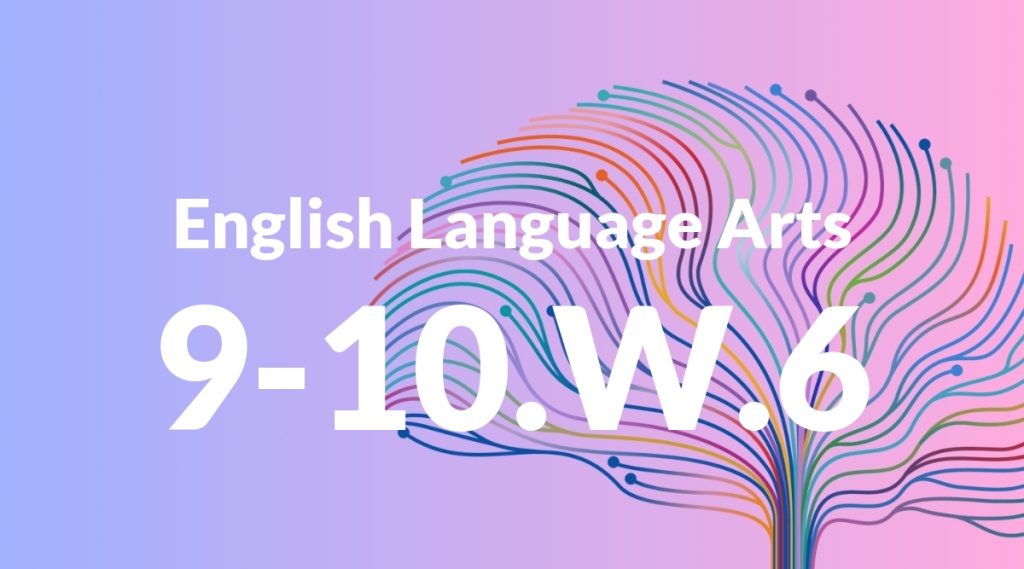Standard: 9-10.W.6 – Use technology, including the Internet, to produce, publish, and update individual or shared writing products, taking advantage of technology’s capacity to link to other information and to display information flexibly and dynamically.
Grade level: Grade 9-10
Subject: English Language Arts
Domain: Writing
Teacher Overview
This standard emphasizes the importance of integrating technology into writing practices. By using digital tools, students can enhance their writing, collaborate more effectively, and present their work in dynamic ways. This skill is crucial as it aligns with the demands of the modern, digital world. Students should be comfortable with basic typing and word processing skills. They should also have a foundational understanding of how to navigate the Internet safely and effectively.
After mastering this standard, students will be able to use advanced digital tools to create, publish, and update their writing. They will be adept at using technology to enhance their writing and will be prepared for more complex digital literacy tasks in the future.
Common Misconception 1
Many students might think that using technology in writing is limited to just typing their text. This view overlooks the vast array of tools and features that can enhance their writing, such as formatting options, hyperlinks, and multimedia elements.
Intervention 1
Provide hands-on workshops where students explore different word processing tools and features. Encourage them to experiment with formatting, linking, and incorporating multimedia into their writing projects.
Common Misconception 2
Another common misconception is that once a piece of writing is published online, it is final and cannot be edited. This is not true, as digital platforms often allow for continuous updates and revisions.
Intervention 2
Introduce students to platforms like Google Docs or blogging sites where they can see the ease of updating and editing their work. Encourage them to view their digital writing as a living document that can evolve over time.
Prerequisite Knowledge
Students should have basic typing skills, familiarity with word processing software, and a fundamental understanding of how to navigate the Internet.
Subsequent Knowledge
Students will develop advanced digital literacy skills, including proficiency in various online publishing platforms, the ability to critically evaluate digital sources, and the capacity to engage in collaborative online environments.
Instructional Activities
- Create a class blog where students can publish their essays and receive feedback.
- Conduct a collaborative writing project using Google Docs.
- Host a digital storytelling workshop where students incorporate multimedia elements into their narratives.
- Organize a virtual peer review session where students can provide feedback on each other’s work.
- Assign a research project that requires students to use hyperlinks and digital sources.




